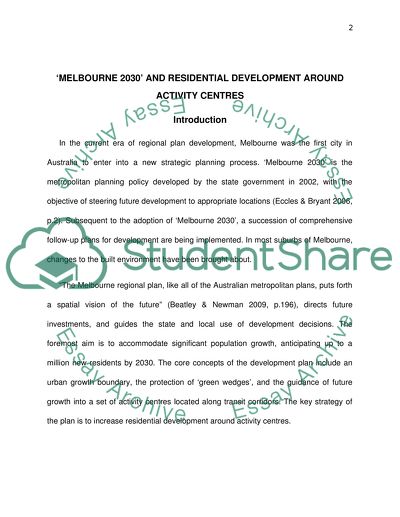Cite this document
(“Melbourne 2030 and most other strategic plans across Australia seek to Essay”, n.d.)
Retrieved from https://studentshare.org/environmental-studies/1443339-3-melbourne-2030-and-most-other-strategic-plans-across-australia-seek-to-increase-residential-development-around-activity-centr
Retrieved from https://studentshare.org/environmental-studies/1443339-3-melbourne-2030-and-most-other-strategic-plans-across-australia-seek-to-increase-residential-development-around-activity-centr
(Melbourne 2030 and Most Other Strategic Plans across Australia Seek to Essay)
https://studentshare.org/environmental-studies/1443339-3-melbourne-2030-and-most-other-strategic-plans-across-australia-seek-to-increase-residential-development-around-activity-centr.
https://studentshare.org/environmental-studies/1443339-3-melbourne-2030-and-most-other-strategic-plans-across-australia-seek-to-increase-residential-development-around-activity-centr.
“Melbourne 2030 and Most Other Strategic Plans across Australia Seek to Essay”, n.d. https://studentshare.org/environmental-studies/1443339-3-melbourne-2030-and-most-other-strategic-plans-across-australia-seek-to-increase-residential-development-around-activity-centr.


